As the 7th largest country in the world, India stands apart from the rest of Asia, marked off as it is by mountains and the sea, which give the country a distinct geographical entity.
Bounded by the Great Himalayas in the north, it stretches southwards and at the Tropic of Cancer, tapers off into the Indian Ocean between the Bay of Bengal on the east and the Arabian Sea on the west.
Map-key
- The island groups of India lying in the Arabian Sea and the Bay of Bengal.
- The countries constituting Indian Subcontinent.
- The states through which the Tropic of Cancer passes.
- The northernmost latitude in degrees (Indira Col in Jammu and Kashmir).
- The southernmost latitude of the Indian mainland in degrees (Kanyakumari in Tamil Nadu). Note that the southernmost point of India is the Indira Point which is the southernmost point of Great Nicobar Island of the Andaman and Nicobar archipelago. The Indira Point was previously known as the Pygmalion Point or the Parson Point.
- The eastern and the westernmost longitudes in degrees.
- The place situated on the three seas.
- The strait separating Sri Lanka and India.
- The Union Territories of India.
Let’s take a look at latitudinal and longitudinal extend of India:
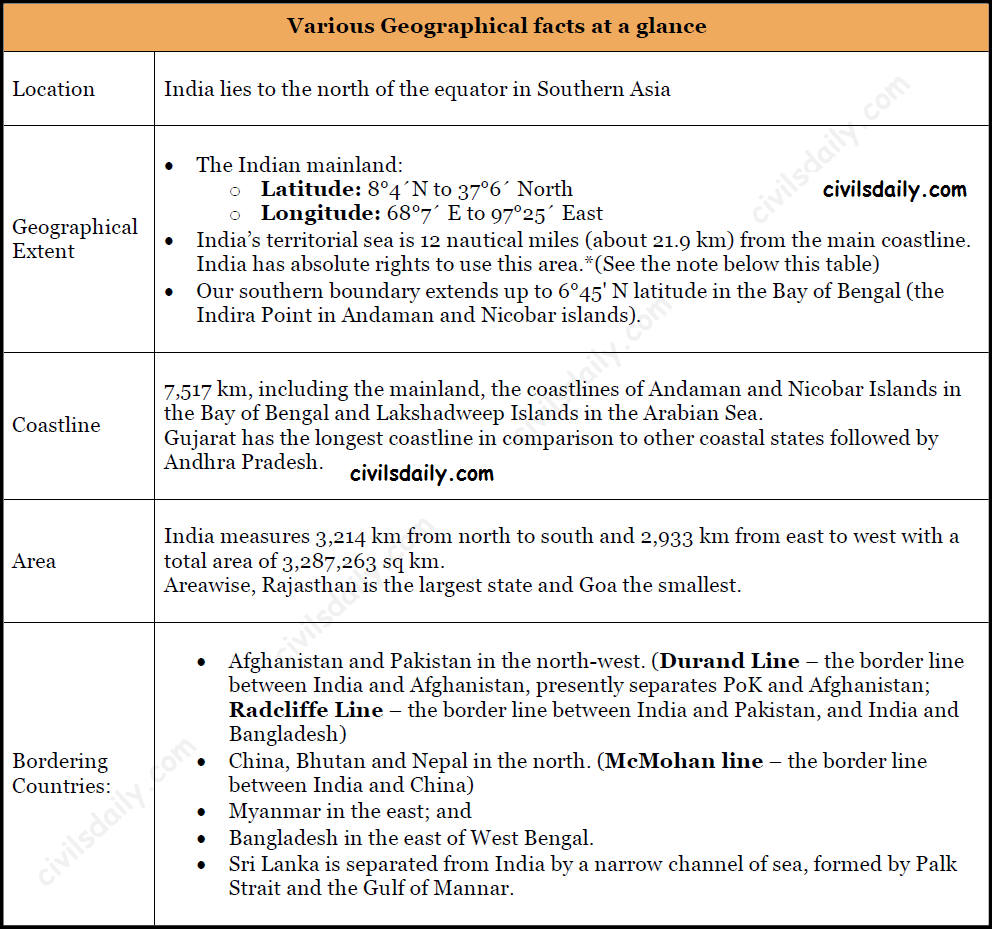
*Note
Contiguous Zone – The area ahead of the territorial sea frontier and 24 nautical miles from the main coastline is known as the contiguous zone. In this area, India has the fiscal rights, excise duty rights, rights related to pollution control and right to implement immigration laws.
The nautical region ahead of the contiguous zone which is up to 200 nautical miles from the main coastline is known as the Exclusive Economic Zone (EEZ). In this region India has rights to survey, exploitation, conservation and research on mineral resources, marine life etc.]
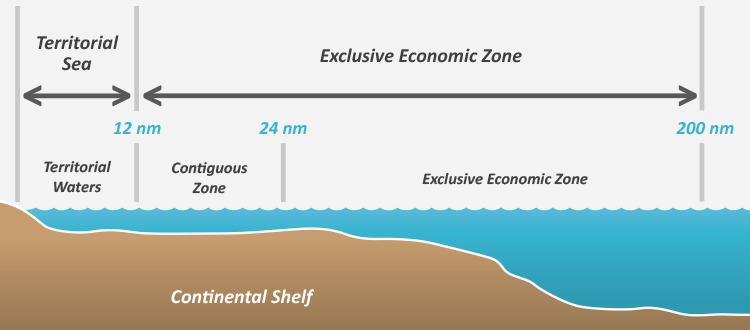
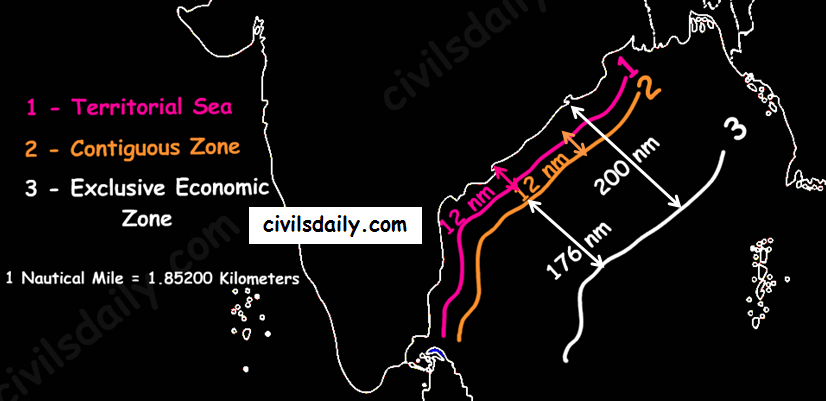
Observe India’s latitudinal and longitudinal extent. Do you notice that while both the latitudinal and longitudinal extent are roughly about 30 degrees, the actual distance measured from north to south extremity is 3,214 km and that from east to west is only 2,933 km!
What is the reason for this difference in India Coordinates?
This is because:
Degrees of latitude are parallel so the distance between each degree remains almost constant but since degrees of longitude are farthest apart at the equator and converge at the poles, their distance varies greatly. See the following figure to understand better:
The longitudinal extent and its implications
The longitudinal extent of India is 30 degrees. As the sun rises in the east and sets in the west; it takes 4 minutes for the sun to move across 1 longitude.
Thus, the easternmost point of India would be 2 hours ahead of the westernmost point (30 x 4 = 120 minutes), in accordance with the local time.
This difference in time might create confusion in air and rail timings and so many other things across the two states. To avoid this confusion, 82°30′ East longitude is taken as the Standard Time Meridian of India and its local time is taken a standard throughout the country.
The latitudinal extent and its implications
- The difference between the length of day and night in southern most part of India is much less only about 45 minutes as they are situated near the equator. This difference between day and night in the northern parts of India steadily goes on increasing till it becomes as much as 5 hours.
- The Tropic of Cancer passes almost halfway through the country. Thus half of the country to the south of the Tropic of Cancer is situated in the Tropical or Torrid zone and the other half lying north of the Tropic of Cancer falls in the Subtropical zone. This location is responsible for large variations in landforms, climate, soil types and natural vegetation in the country. Wondering how?
Let’s try and understand
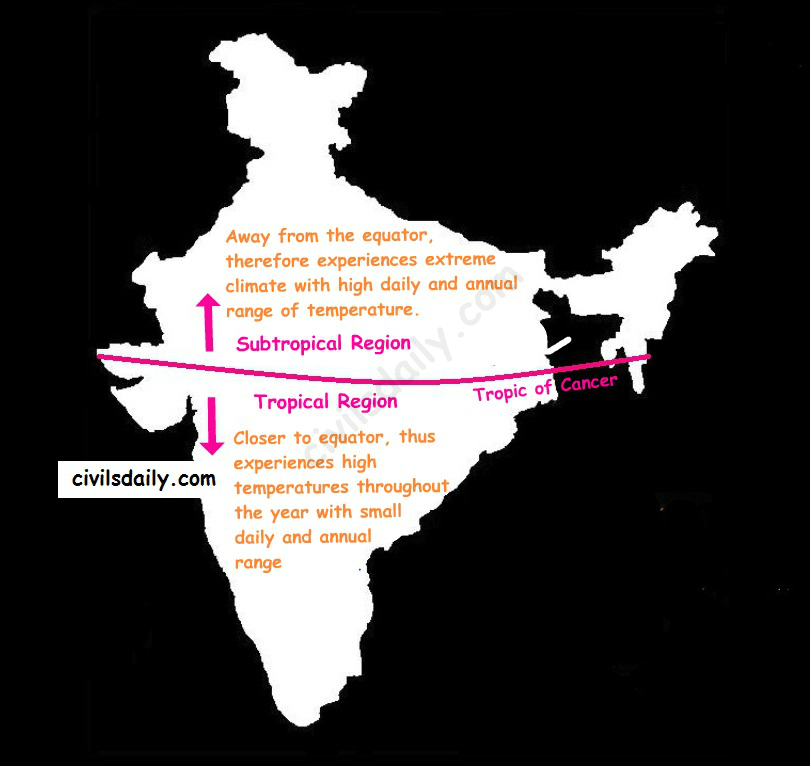
Also,
- Areas closer to the coast would experience greater rainfall
- And, as we move towards the interior areas, the moisture content of clouds and hence the rainfall experienced would decrease.
These rules broadly define the distribution of rainfall in the country as can be seen in the map below:
Source
Still wondering how this influences the soil types and vegetation?
Rainfall experienced by a region, in turn, plays an important role in determining the soil type in that region. For example:
- Areas of high rainfall (>200cm) –> Nutrients seep to lower layers –> laterization of soil. Laterite soils are thus found in these areas.
Further, in these areas: Hot and humid climate + Abundant rainfall = favourable conditions for vegetation growth. As a result, the vegetation here is very dense and multilayered with evergreens [Also, called Tropical Evergreen Forests as we will discuss later]
- Similarly, in areas with 100-200cm of rainfall –> Red and Yellow soils
The upper layer of Red soils appears red due to the presence of iron. When the rainfall is in the range of 100-200cm, the rainwater tends to seep to the second layer of soil. Red soils appear yellow in hydrated form, thus the second layer of soils in these areas is yellow in colour.
- In areas of low rainfall – less than 60cm, we find Desert Soil (or arid soil): This soil is derived from the disintegration of adjacent rocks and is largely blown from coastal regions and Indus Valley. The low rainfall dictates the type of vegetation, prominent features of which are small leaves, thick bark and long roots. [Also, called Tropical Thorny Vegetation as we will discuss later]
That’s it for this introductory post on Indian Geography.
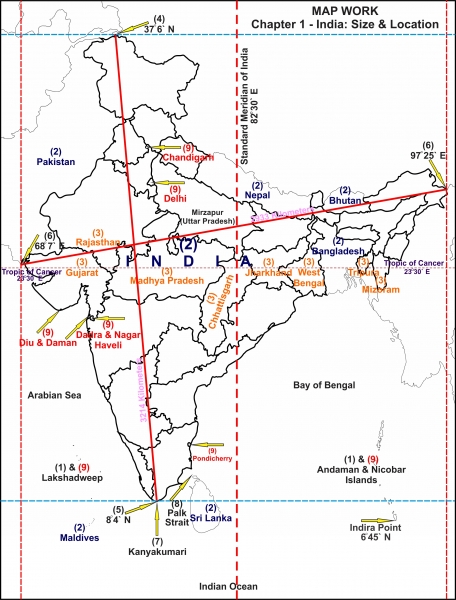
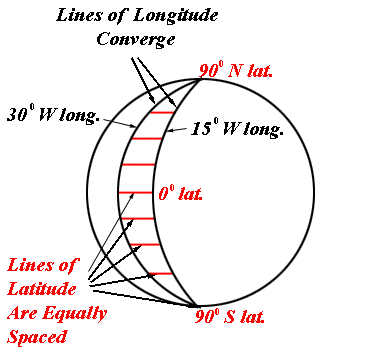




Thank you sir
very nice article
very helpful